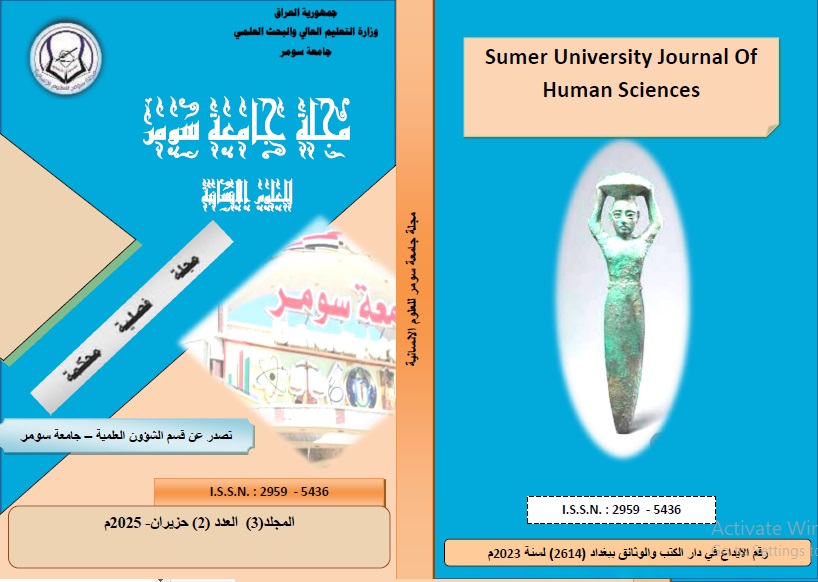The impact of thought and beliefs on the topics of the (kišib) and their importance in studying the reality of Sumerian society
Abstract
The research aims to study the themes embodied on the (kišib), i.e. the scenes of the seals, as they were a reflection of the religious beliefs and political reality prevailing in the country during that era of its history, which prompted the ruling
authority and the artist to prefer this type of themes, most of which relied on imagination inspired by stories and myths (written or circulated orally among the general public). The artist chose from them the most prominent events that represent the peak of the conflict in it with an effective visual and expressive transmission about those situations without delving into representing detailed narrative scenes for them, but rather being satisfied with generalizing some images in a circulated and repeated manner so that their content is widely understood by the general population. In general, they represent a symbol deeply rooted in the cultural experience of the idea of conflict in the civilization of Mesopotamia specifically with its various enemies, who may have been expressed here metaphorically as wild animals trying to steal the life and wealth of this civilization, while its defenders were expressed by characters known visually to the general public, perhaps representing deities or protective spirits, and perhaps kings and rulers, as previously indicated. Therefore, we find that these scenes were widely represented since the beginning of the prosperity and emergence of the first cities (the urban revolution in the southern part of Mesopotamia) and continued until the last stages of that civilization.
Published
Versions
- 2025-10-25 (2)
- 2025-10-25 (1)


